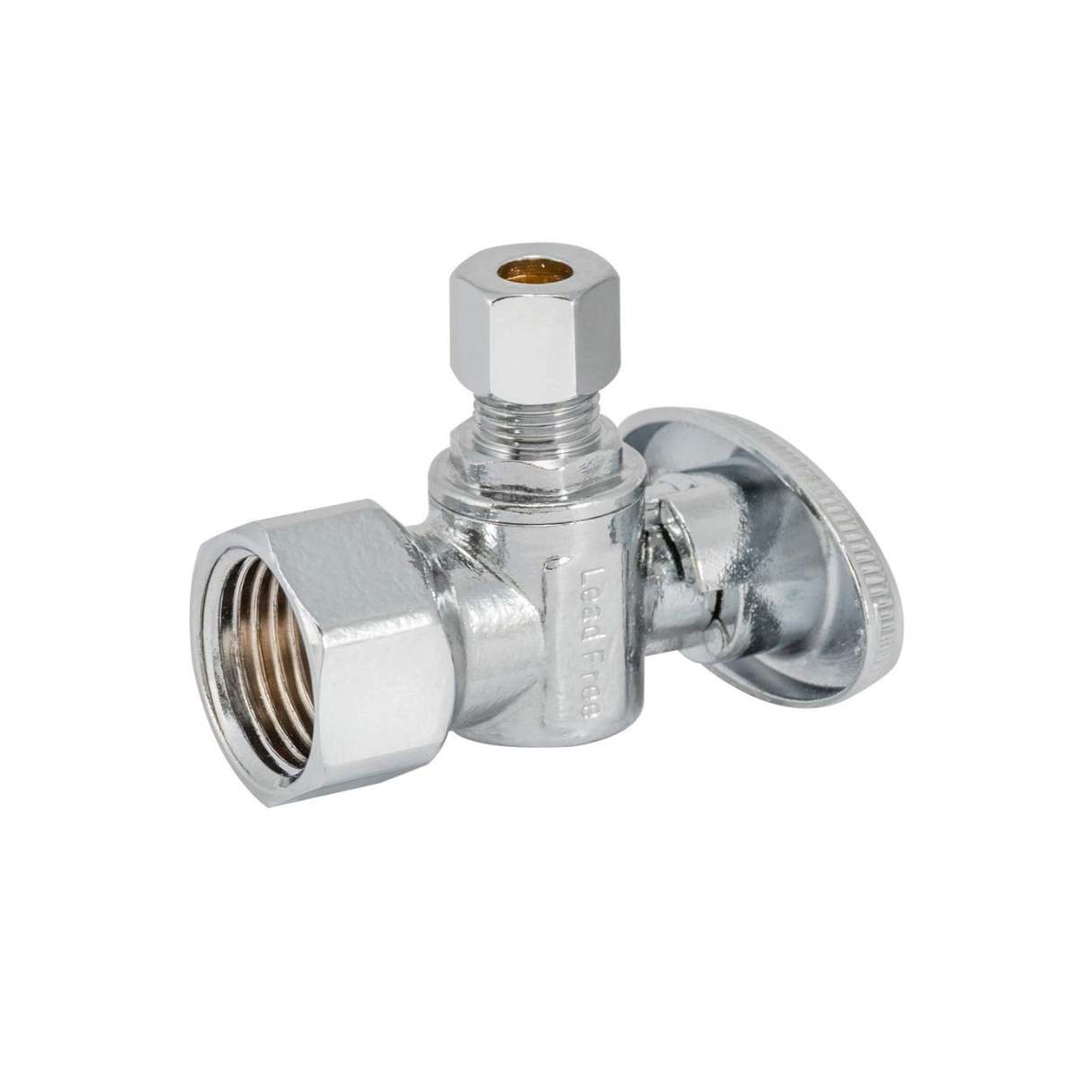

Articles
What Is An Angle Stop In Plumbing
Modified: August 31, 2024
Discover everything you need to know about angle stop in plumbing with our informative articles. Find step-by-step guides and expert tips to tackle any plumbing project.
(Many of the links in this article redirect to a specific reviewed product. Your purchase of these products through affiliate links helps to generate commission for Storables.com, at no extra cost. Learn more)
Introduction
In the world of plumbing, there are various components that play a crucial role in ensuring the smooth functioning of a plumbing system. One such component is the angle stop. Whether you are a homeowner or a plumbing professional, understanding what an angle stop is and its importance in plumbing is essential.
An angle stop, also known as an angle valve or angle shut-off valve, is a plumbing fitting that controls the flow of water to a specific fixture, such as a faucet, toilet, or dishwasher. It acts as a barrier between the main water supply line and the plumbing fixture, allowing you to conveniently turn off the water supply when needed.
The angle stop is typically installed near the fixture it serves, making it easily accessible for maintenance or repairs. This valve is a small but critical component that ensures water flow control and provides a level of protection against leaks and floods.
In this article, we will explore the different types of angle stops, their uses in plumbing, how to install them, and some common issues that may arise with angle stops. Whether you are a homeowner tackling a DIY plumbing project or a professional plumber looking to expand your knowledge, this article will provide you with valuable insights into the world of angle stops.
Key Takeaways:
- Angle stops are critical components in plumbing systems, providing controlled water flow and convenient shut-off capabilities for fixtures. Understanding their types, uses, and installation is essential for homeowners and plumbing professionals alike.
- Regular maintenance and troubleshooting of angle stops are crucial for optimal performance. From inspecting for leaks to clearing mineral deposits, proactive care ensures efficient water flow control and prevents common issues such as leaks and corrosion.
Read more: What Is A Stop Valve In Plumbing
Definition of Angle Stop
An angle stop, also referred to as an angle valve or angle shut-off valve, is a plumbing fitting that allows for the control and interruption of water flow to a particular plumbing fixture. It is typically installed in line with the water supply pipe and serves as a convenient point of control for shutting off water flow to a specific area or fixture in a plumbing system.
The angle stop is designed with a handle or knob that can be rotated to either open or close the valve. When the valve is open, water can freely flow through the pipe and into the fixture. When the valve is closed, it blocks the water flow, effectively stopping the flow of water to the fixture. This is particularly helpful during repairs, maintenance, or emergencies, as it allows for isolated control over the water supply without disrupting the entire plumbing system.
Angle stops are commonly used in residential and commercial plumbing systems, providing a convenient and efficient way to control the water supply. They are most often found under sinks, toilets, and other fixtures where individual shut-off valves are needed.
These valves are typically made of durable materials such as brass or stainless steel, ensuring longevity and resistance to corrosion. They come in various sizes to accommodate different pipe diameters and are available in both compression and quarter-turn designs.
Overall, the angle stop is a critical component in plumbing systems as it allows for the efficient control and interruption of water flow to specific fixtures. Its installation offers convenience, functionality, and peace of mind for homeowners and plumbing professionals alike.
Types of Angle Stops
Angle stops come in different types and designs to suit various plumbing needs. The two main types of angle stops are compression angle stops and quarter-turn angle stops.
1. Compression Angle Stop
A compression angle stop is a traditional type of angle stop that requires compression fittings to create a watertight seal. It consists of a valve body with a threaded inlet on one end for connecting to the water supply pipe and a compression nut on the other end for securing the valve to the supply line.
To install a compression angle stop, a compression sleeve or ferrule is placed over the pipe, followed by a compression nut that is tightened onto the valve body, creating a compressive force that seals the joint. This type of angle stop requires multiple turns of the handle to fully open or close the valve.
Compression angle stops are commonly used in older plumbing systems and are compatible with copper, brass, or plastic pipes. They are relatively inexpensive and widely available.
2. Quarter-Turn Angle Stop
The quarter-turn angle stop, also known as a ball valve angle stop, is a more modern and popular type of angle stop. As the name suggests, it requires only a quarter turn of the handle to fully open or close the valve.
Quarter-turn angle stops have a lever or handle that is easy to operate, making them more convenient for shutting off water quickly in case of emergencies or repairs. These stops have a durable ball mechanism inside the valve body that provides reliable performance and a longer lifespan.
These angle stops are commonly used in newer plumbing systems and are compatible with various pipe materials, including copper, brass, plastic, and PEX. They are generally more expensive than compression angle stops due to their advanced design and ease of use.
Both compression angle stops and quarter-turn angle stops have their advantages and are suitable for different plumbing applications. The choice between the two depends on factors such as personal preference, budget, and specific plumbing requirements.
Read more: When Did They Stop Using Cast Iron Plumbing
Compression Angle Stop
A compression angle stop is a type of angle stop that utilizes compression fittings to create a watertight seal. It is a traditional design that has been used for many years in plumbing systems.
The compression angle stop consists of a valve body, a threaded inlet for connecting to the water supply pipe, and a compression nut for securing the valve in place. This type of angle stop is commonly made of brass or other durable materials to ensure longevity and resistance to corrosion.
When installing a compression angle stop, the first step is to turn off the water supply to the area where the stop will be installed. The supply line needs to be cut and cleaned to ensure a smooth surface for proper sealing. Next, a compression sleeve or ferrule is slid onto the pipe, followed by a compression nut. The valve body is then threaded onto the pipe and tightened securely using an adjustable wrench.
To create a watertight seal, the compression nut is tightened onto the valve body, compressing the sleeve or ferrule against the pipe. This compression forces the materials together, forming a tight connection that prevents water from leaking.
One important aspect to consider when using a compression angle stop is that multiple turns of the handle are required to fully open or close the valve. This can be a disadvantage in situations where quick shut-off is necessary, such as during emergencies.
Compression angle stops are commonly used in older plumbing systems and are compatible with copper, brass, or plastic pipes. They are relatively inexpensive and widely available in most hardware stores and plumbing supply shops.
Overall, compression angle stops are a reliable and cost-effective option for controlling the water supply to specific fixtures in plumbing systems. They are relatively easy to install and have been a trusted choice for many years in the plumbing industry.
Quarter Turn Angle Stop
A quarter-turn angle stop, also known as a ball valve angle stop, is a more modern and convenient type of angle stop commonly used in plumbing systems. As the name suggests, it only requires a quarter turn of the handle to fully open or close the valve.
The quarter-turn angle stop consists of a valve body, a threaded inlet for connecting to the water supply pipe, and a lever or handle for easy operation. Inside the valve body, there is a ball mechanism that controls the flow of water. When the lever is turned perpendicular to the pipe, the valve is closed, and water flow is stopped. When the lever is turned parallel to the pipe, the valve is open, and water can freely pass through.
The main advantage of a quarter-turn angle stop is its ease of use. With just a quick quarter turn of the handle, the valve can be opened or closed, allowing for immediate control of the water supply. This is particularly useful in emergency situations or when performing repairs or maintenance.
Quarter-turn angle stops are commonly made of high-quality brass or stainless steel, ensuring durability and resistance to corrosion. The lever handle is typically ergonomically designed for comfortable and effortless operation.
These angle stops are compatible with a wide range of pipe materials, including copper, brass, plastic, and PEX. However, it’s important to ensure that the proper adapter or connector is used to establish a secure connection between the valve and the pipe.
Quarter-turn angle stops are commonly used in newer plumbing systems and are a popular choice among homeowners and plumbing professionals. While they tend to be slightly more expensive than compression angle stops, their ease of use and reliability make them a worthwhile investment.
Overall, quarter-turn angle stops provide a convenient and efficient way to control the water supply to specific fixtures in plumbing systems. Their simple operation and durability make them a go-to choice for many plumbing projects.
Uses of Angle Stops in Plumbing
Angle stops play a crucial role in plumbing systems and have a variety of uses. These versatile valves are installed near plumbing fixtures to provide controlled water supply and convenient shut-off capabilities. Let’s explore some of the common uses of angle stops:
1. Control Water Flow
The primary purpose of an angle stop is to control the flow of water to a specific fixture. Angle stops allow you to turn off the water supply to a particular plumbing fixture, such as a faucet, toilet, or dishwasher, without affecting the entire plumbing system. This allows for maintenance, repairs, or replacements to be carried out without disrupting the water flow in other areas of the building.
Read more: What Is Plumbing?
2. Emergency Shut-Off
In case of a plumbing emergency, such as a burst pipe or a major leak, having angle stops installed provides a quick and easy way to shut off the water supply to the affected area. By turning the valve handle, you can rapidly stop the water flow and minimize potential damage from flooding.
3. Fixture Installation and Replacement
Angle stops are essential during the installation or replacement of plumbing fixtures. When adding a new fixture or replacing an old one, the angle stop allows you to isolate the water supply and disconnect the fixture without having to shut off the entire water system. This makes the process more efficient and reduces disruption to other areas of the building.
4. Fixture Maintenance and Repairs
Angle stops are beneficial for routine maintenance or repairs of plumbing fixtures. With the ability to shut off the water supply, you can safely and easily carry out tasks, such as replacing washers, fixing leaks, or performing maintenance on faucets, toilets, or other fixtures.
5. Water Conservation
Angle stops also contribute to water conservation efforts. By having the ability to shut off the water supply to specific fixtures when they are not in use, you can prevent unnecessary water waste. This is particularly beneficial in areas where water scarcity is a concern.
Overall, angle stops are indispensable components in plumbing systems that provide precise control over water flow, emergency shut-off capabilities, and convenience during fixture installation, maintenance, and repairs. Their versatility and functionality make them an integral part of any plumbing system.
Read more: What Are Screwdriver Stops
Installing an Angle Stop
Installing an angle stop is a relatively straightforward process that can be done by homeowners or plumbing professionals. Here are the steps to follow when installing an angle stop:
1. Gather the Necessary Tools and Materials
Before beginning the installation, gather all the required tools and materials. This may include an adjustable wrench, pipe cutter, Teflon tape, a compression or threaded angle stop, and a new supply line if needed.
2. Shut Off the Water Supply
Locate the main water shut-off valve for your property and turn it off to stop the water flow. This valve is usually found near the water meter or where the water line enters the building. Open a nearby faucet to drain any remaining water from the plumbing system.
3. Prepare the Pipe
If there is an existing angle stop in place, you may need to remove it using an adjustable wrench. Once removed, clean the end of the supply pipe and ensure it is free from debris or old thread sealant. If it is a new installation, use a pipe cutter to cut the supply pipe to the desired length.
4. Apply Thread Sealant or Teflon Tape (For Threaded Angle Stops)
If you are installing a threaded angle stop, wrap Teflon tape clockwise around the threaded end of the supply pipe. This will create a seal when the angle stop is threaded onto the pipe.
5. Install the Angle Stop
For compression angle stops, place a compression sleeve or ferrule onto the supply pipe and hand-tighten the compression nut onto the angle stop valve. Use an adjustable wrench to fully tighten the nut, ensuring a secure connection.
For threaded angle stops, thread the angle stop onto the prepared supply pipe by turning it clockwise until tight. Use an adjustable wrench to make sure it is securely fastened.
6. Connect the Supply Line
If needed, connect a new supply line to the other end of the angle stop using the appropriate fittings. For compression angle stops, use a compression nut and sleeve. For threaded angle stops, use a threaded nut or connector.
7. Turn on the Water Supply
Once the angle stop is securely installed and the supply line is connected, slowly turn on the water supply by reopening the main shut-off valve. Check for any leaks around the angle stop and supply connections. If any leaks are present, tighten the connections further or reapply thread sealant or Teflon tape.
It is always advisable to follow manufacturer’s instructions and consult a professional if you are unsure of any steps or encounter any difficulties during the installation process. Proper installation of an angle stop will ensure its correct functioning and longevity in your plumbing system.
Read more: What Are Fittings In Plumbing
Common Issues with Angle Stops
While angle stops are reliable and essential components in plumbing systems, they can occasionally experience issues that may require attention or repair. Being aware of these common issues will help you troubleshoot and address them promptly. Here are some of the most common issues with angle stops:
1. Leaks
One of the most common issues with angle stops is leaks. Leaks can occur at various points, such as around the valve body, the compression fittings, or the supply line connections. Leaks can be caused by loose fittings, worn-out washers, damaged O-rings, or improper installation. Regularly check for any signs of water leakage around the angle stop and promptly address any leaks to prevent water damage.
2. Corrosion
Over time, angle stops can be susceptible to corrosion, especially if they are made of lower-quality materials. Corrosion can weaken the valve body, fittings, or connections, leading to leaks or difficulty in operating the valve. Regularly inspect the angle stop for any signs of corrosion, such as rust or pitting, and replace it if necessary to prevent further damage.
3. Stiff or Stuck Valve Handle
Sometimes, the valve handle of an angle stop can become stiff or stuck, making it difficult to open or close the valve. This can be due to mineral deposits, sediment buildup, or a faulty valve mechanism. Applying lubricant or cleaning the valve handle and mechanism may resolve the issue. In some cases, replacing the angle stop may be necessary if the handle or valve mechanism is damaged beyond repair.
Read more: What Is A PRV Plumbing
4. Valve Inoperability
In some instances, the angle stop may become completely inoperable, preventing water flow control. This can be due to a faulty valve mechanism or internal damage. If the angle stop is not functioning properly despite attempts to fix it, it is recommended to replace the valve to ensure efficient water flow control.
5. Improper Installation
Improper installation can lead to various issues with angle stops. Common installation mistakes include loose fittings, incomplete compression or threading, or inadequate sealing. These installation errors can result in leaks, poor water flow control, or even damage to the angle stop itself. Ensuring proper installation following manufacturer’s guidelines or seeking professional assistance can help avoid these issues.
Regular inspection, maintenance, and prompt resolution of any issues with angle stops are crucial for the proper functioning of your plumbing system. If you encounter any significant problems or are unsure about how to address an issue, it is recommended to consult a licensed plumber for expert guidance and repair.
Troubleshooting and Maintenance of Angle Stops
To ensure the longevity and optimal performance of angle stops in your plumbing system, regular maintenance and troubleshooting are essential. Here are some troubleshooting tips and maintenance practices to help you keep your angle stops in proper working condition:
1. Inspect for Leaks
Regularly inspect your angle stops for any signs of water leaks. Check the valve body, compression fittings, and supply line connections for any moisture or dripping. If you notice any leaks, tighten loose fittings or replace damaged washers or O-rings to prevent further leakage.
Read more: What Is A Spud In Plumbing
2. Lubricate the Valve Handle
If the valve handle of your angle stop becomes stiff or difficult to turn, apply a small amount of lubricant to the handle and the valve mechanism. This will help ensure smooth operation and prevent the handle from getting stuck. Use a silicone-based lubricant or a lubricant recommended by the manufacturer for plumbing applications.
3. Clear Mineral Deposits
If you live in an area with hard water, mineral deposits can build up inside the angle stop over time, affecting its functionality. To clear mineral deposits, turn off the water supply and disassemble the angle stop. Soak the components, such as the valve body and washers, in a descaling solution or vinegar to dissolve the mineral deposits. Scrub them gently with a soft brush, rinse thoroughly, and reassemble the angle stop.
4. Test and Exercise the Valve
Periodically test and exercise the valve of your angle stop to ensure it is working correctly. Turn the valve handle both clockwise and counterclockwise to open and close the valve fully. This helps prevent the valve from seizing and ensures that it can be easily operated when needed.
5. Monitor Water Pressure
Excessive water pressure can strain the angle stop and lead to leaks or valve damage. Install a pressure regulator if your plumbing system has high water pressure to protect the angle stop and other components. Monitor and maintain the water pressure within the recommended range for your specific plumbing system to prevent unnecessary stress on the angle stop.
Read more: What Is A Backflow In Plumbing
6. Replace Damaged or Worn-out Angle Stops
If an angle stop is consistently causing issues, despite efforts to troubleshoot and maintain it, it may be time to replace it. Damaged or worn-out angle stops can be a source of continual problems and may compromise the overall functionality of your plumbing system. Replace them with new angle stops to ensure proper water flow control and prevent leaks.
By implementing regular maintenance practices and promptly addressing any issues, you can ensure the efficient and reliable functioning of your angle stops. Remember that if you are uncertain about any troubleshooting or maintenance tasks, it is always best to seek assistance from a professional plumber to avoid any potential damage or risks to your plumbing system.
Conclusion
Angle stops are indispensable components in plumbing systems that provide controlled water flow and convenient shut-off capabilities. Their installation near plumbing fixtures allows for easy access and isolation of the water supply when needed. Whether you are a homeowner or a plumbing professional, understanding the definition, types, uses, installation, and maintenance of angle stops is essential.
Compression angle stops, with their compression fittings, have long been used in plumbing systems and continue to be a reliable choice. Quarter-turn angle stops, on the other hand, offer the advantage of quick and easy operation with just a quarter turn of the handle. Both types have their advantages and can be chosen based on personal preferences and specific plumbing requirements.
Angle stops find various uses in plumbing, including controlling water flow, emergency shut-off, fixture installation and maintenance, and water conservation. They provide precise control over water supply and help prevent water damage, making them an integral part of any plumbing system.
When installing angle stops, it is important to follow proper procedures and ensure a secure connection for leak-free operation. Regular inspection and maintenance, including addressing leaks, clearing mineral deposits, and testing the valve, are necessary to keep angle stops in optimal working condition.
Common issues with angle stops, such as leaks, corrosion, stiff valve handles, and improper installation, can be resolved with proper troubleshooting and maintenance. However, in cases where issues persist or angle stops are extensively damaged, replacement may be necessary to ensure the efficient functioning of your plumbing system.
In conclusion, angle stops are essential components that provide control and convenience in plumbing systems. By understanding their functions, types, installation, troubleshooting, and maintenance, you can ensure the longevity and reliable performance of your angle stops, contributing to the overall efficiency and functionality of your plumbing system.
Frequently Asked Questions about What Is An Angle Stop In Plumbing
Was this page helpful?
At Storables.com, we guarantee accurate and reliable information. Our content, validated by Expert Board Contributors, is crafted following stringent Editorial Policies. We're committed to providing you with well-researched, expert-backed insights for all your informational needs.
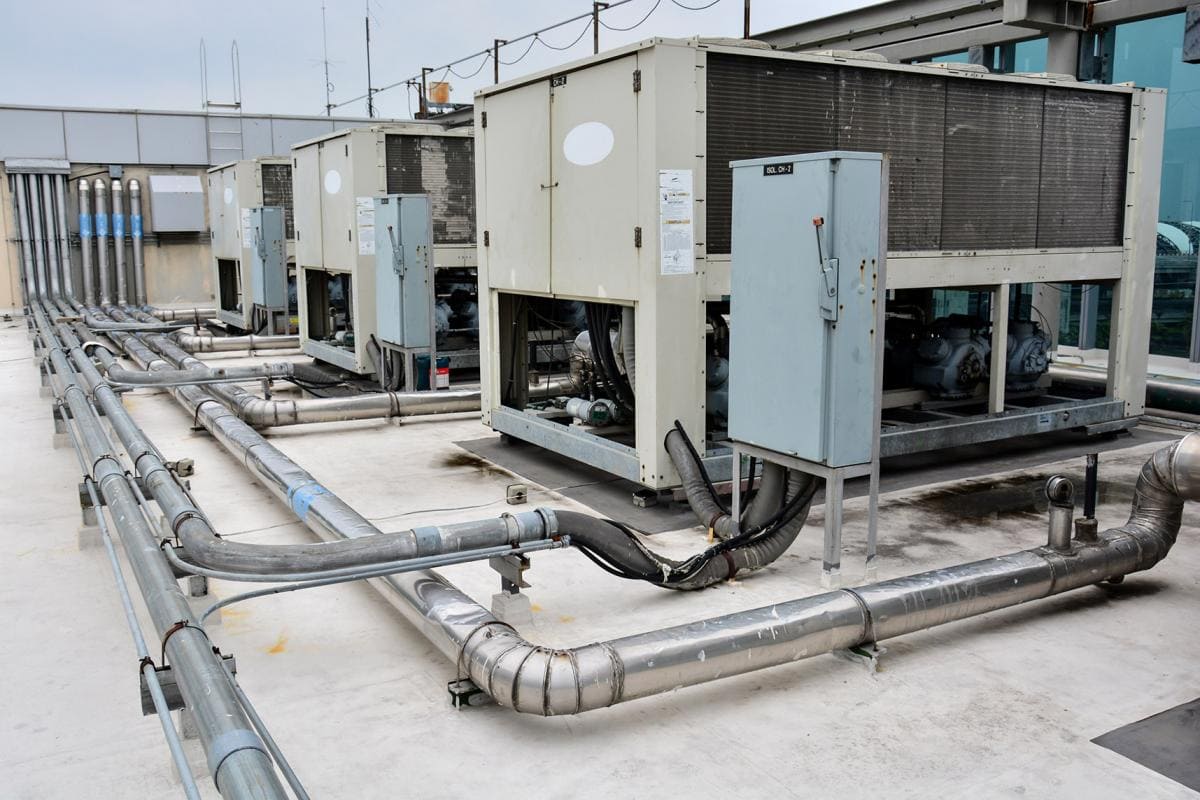
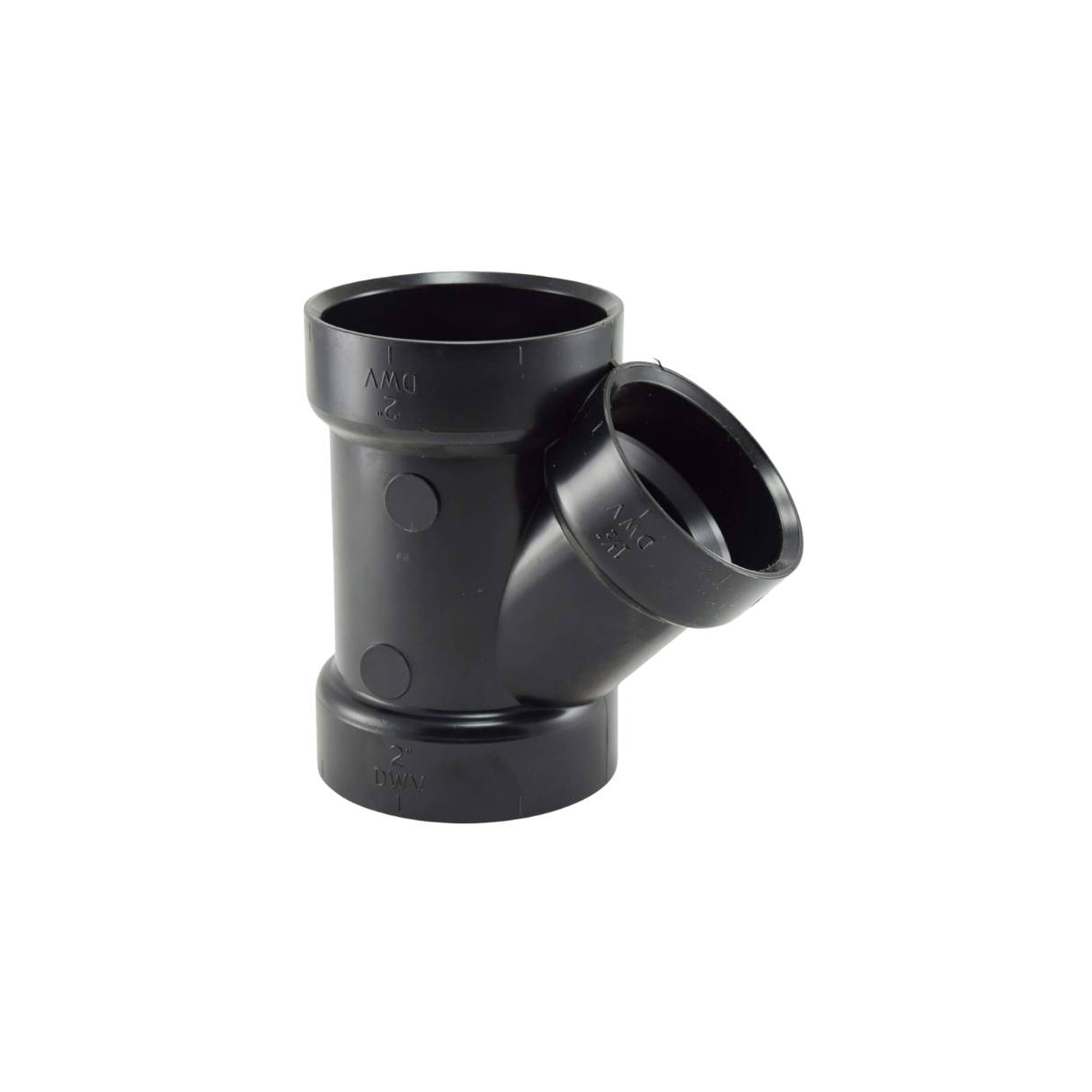
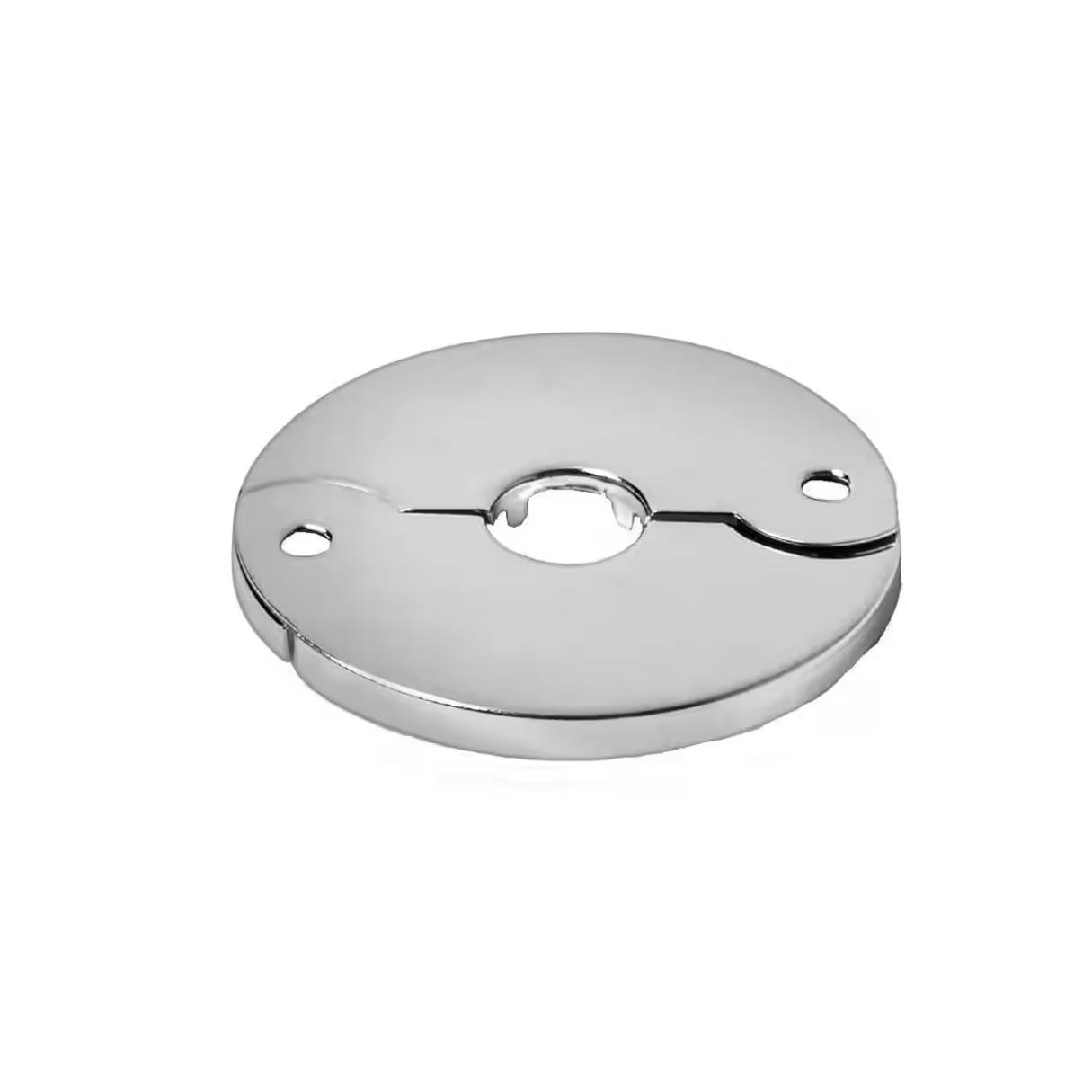
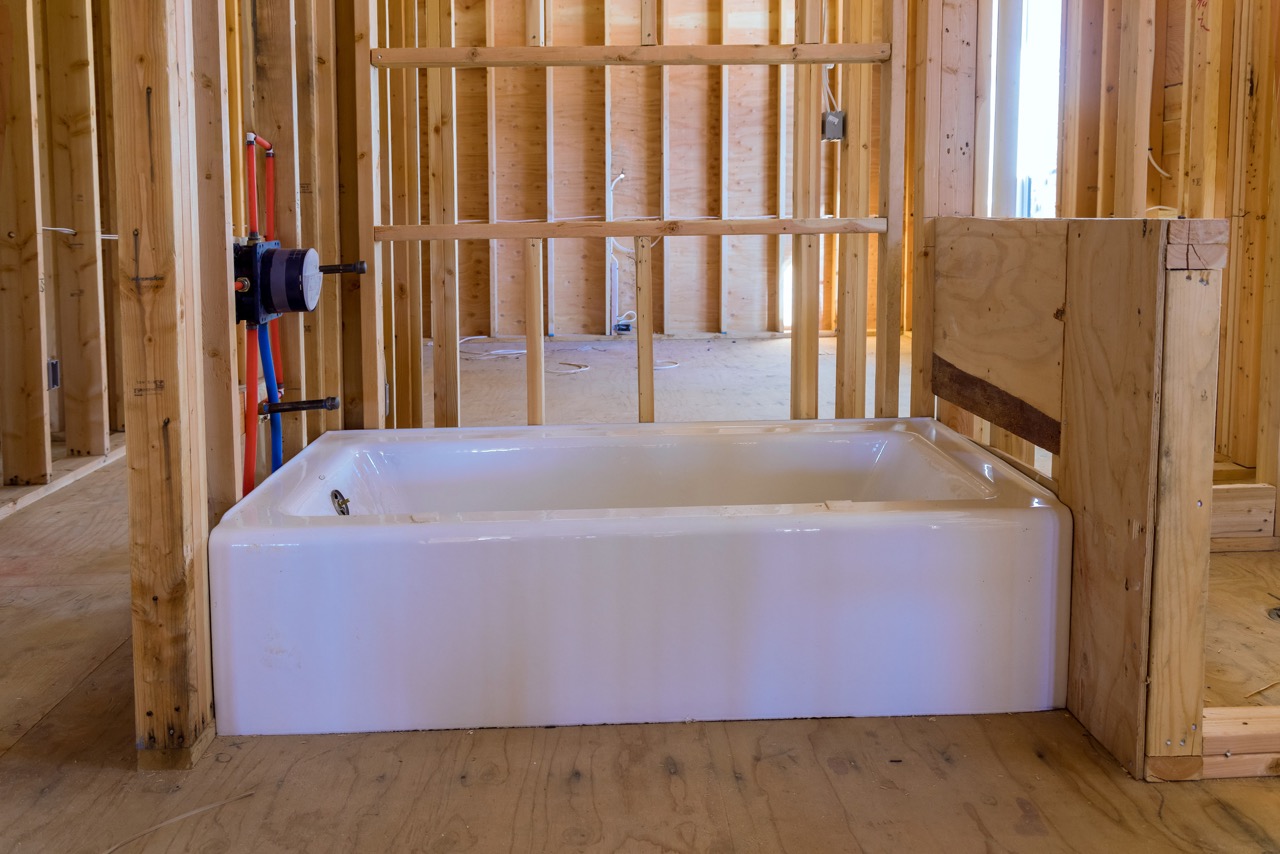
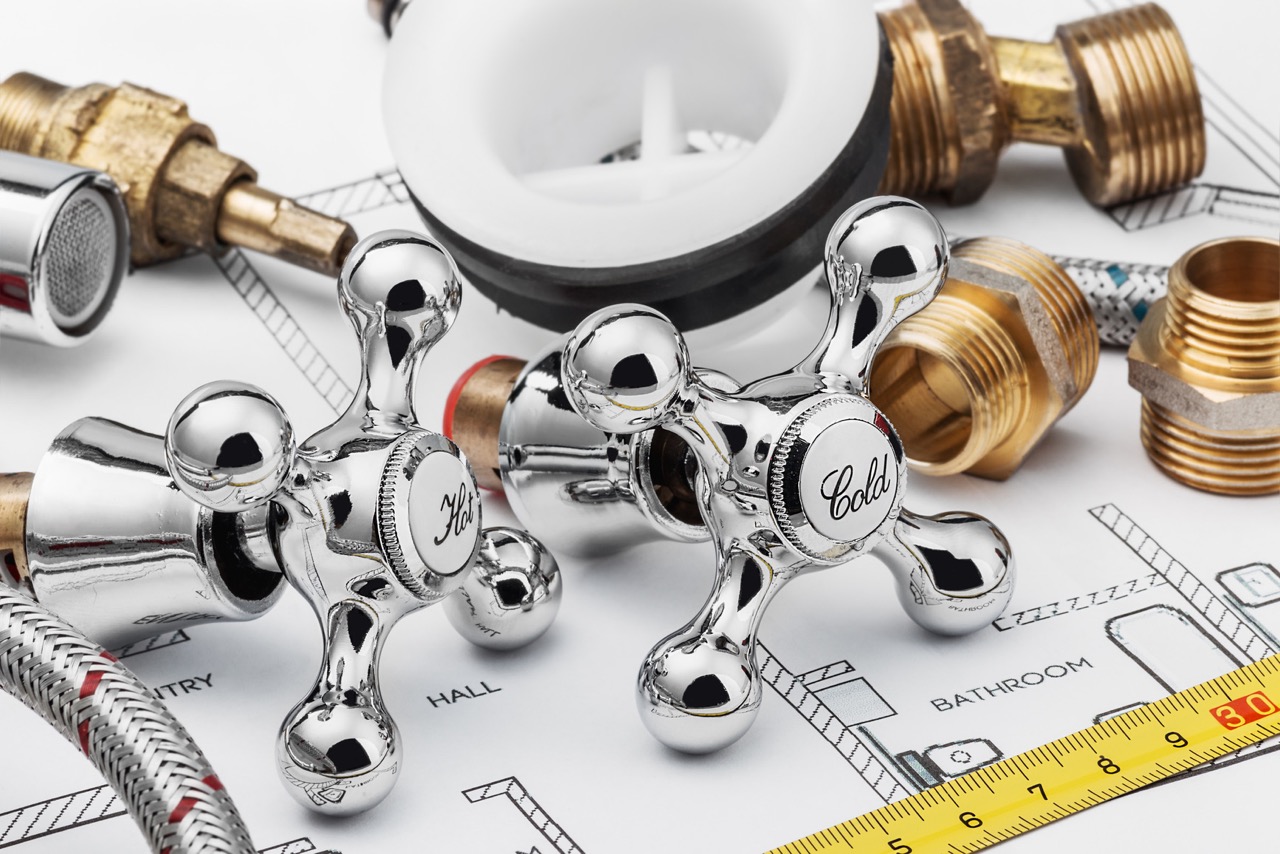
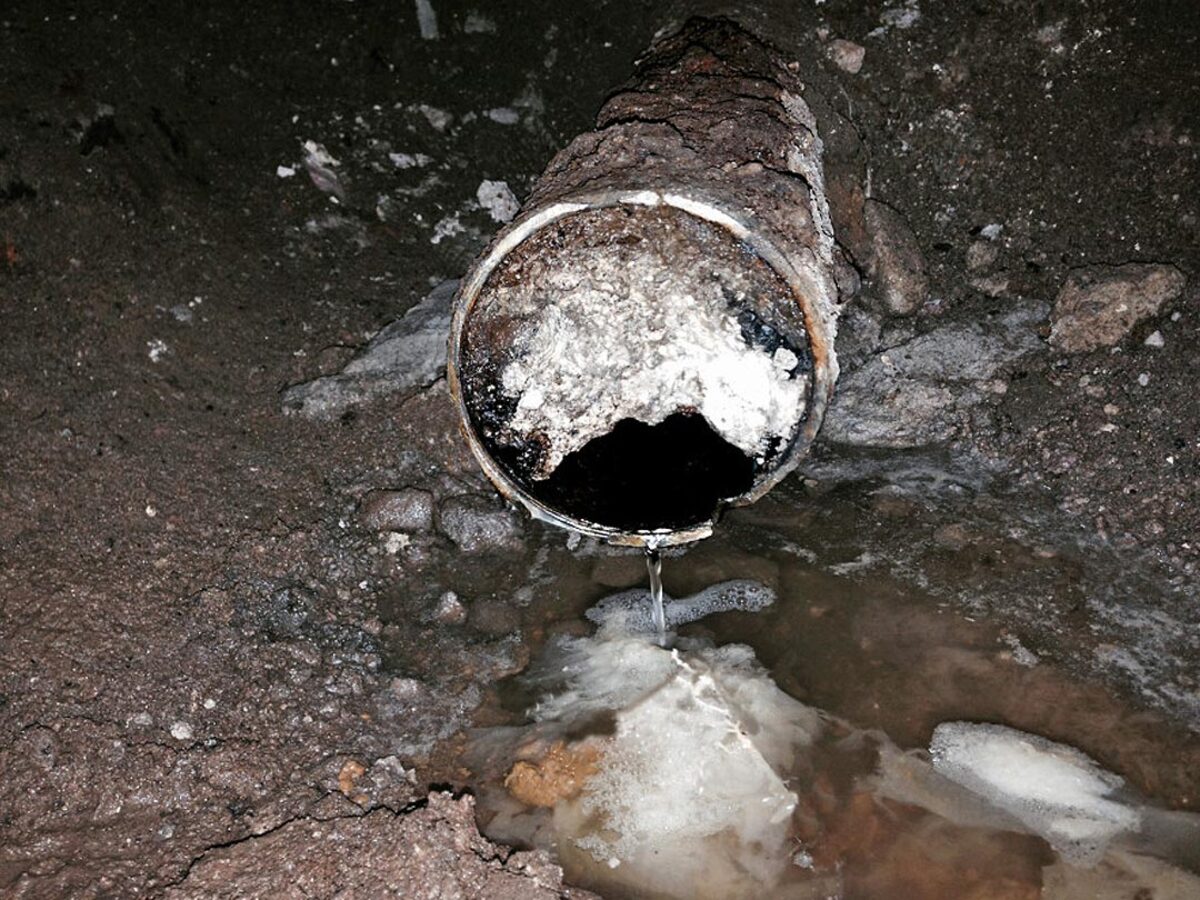
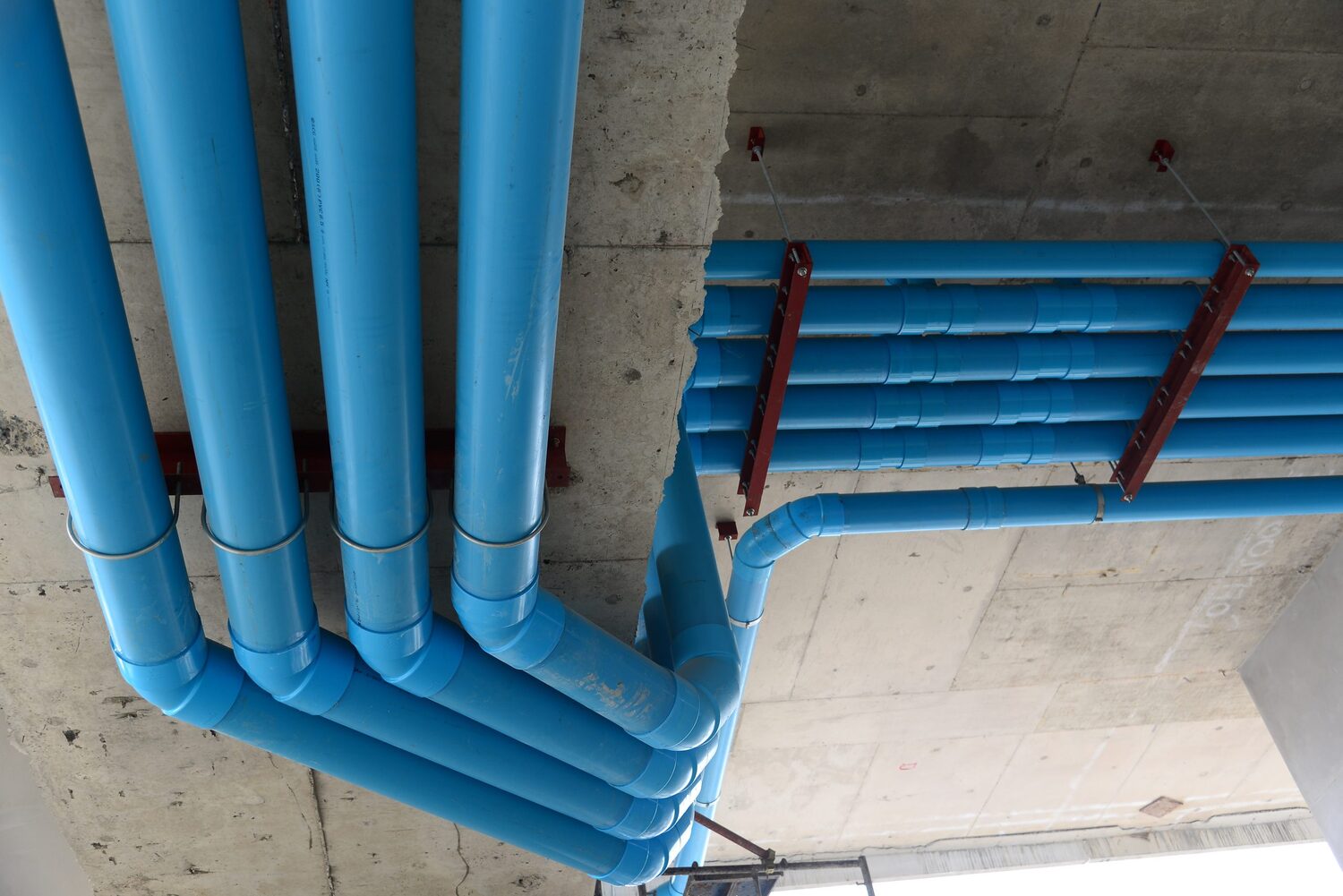

0 thoughts on “What Is An Angle Stop In Plumbing”